Home>Ideas and Tips>Secret Passages Creating Multi-Functional Spaces
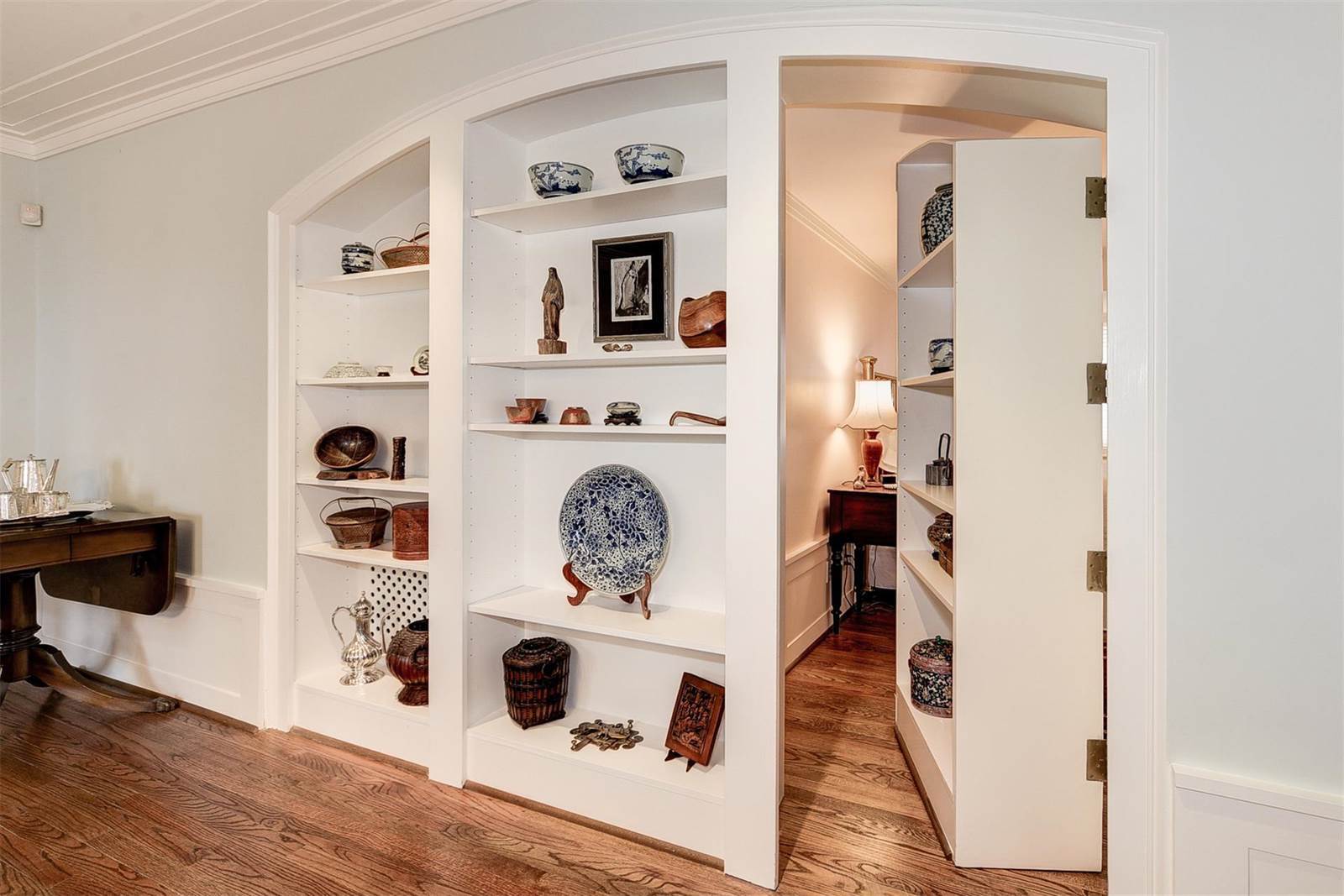

Ideas and Tips
Secret Passages Creating Multi-Functional Spaces
Modified: November 2, 2024
Discover how to create multi-functional spaces with secret passages, maximizing your home's potential with clever design tricks and versatile furniture.
(Many of the links in this article redirect to a specific reviewed product. Your purchase of these products through affiliate links helps to generate commission for Storables.com, at no extra cost. Learn more)
Creating multi-functional spaces in your home can seem like a daunting task, but it's totally doable with a bit of planning and creativity. These spaces are essential in today's world where homes serve multiple purposes like work, school, and entertainment. So, how do you create these versatile rooms? Let's dive in.
Determining Your Uses
First things first, figure out how you want to use the room. Is it going to be a home office, a guest room, or maybe a family entertainment area? Knowing the primary and secondary uses will help you plan better. For example, interior designer Jennifer Ward-Woods from The Sisters and Company says that one of the most requested combinations in their Atlanta market is a home office and guest room. This setup is super useful in smaller homes where space is limited. Guests aren't there all the time, so you get more out of the room without losing functionality.
On the flip side, designer Lisa Bibawi from Spruced in Texas focuses on creating multi-use family entertainment rooms. These rooms need to handle various activities like video games, movie nights, yoga sessions, and even virtual reality experiences. Bibawi points out that these spaces must cover a wide range of activities to meet the diverse needs of family members.
Read more: Secret Passages Of Whole-House Ventilation
Creating Zones
One effective way to create a multi-functional space is by designating separate areas for different activities. This helps maintain a clear flow within the room and ensures each zone serves its purpose without cluttering the space. Interior designer Barbara Elliott suggests starting with the largest wall in the room and planning the furniture layout around it. If there's an architectural element or focal point like a fireplace or large windows, build your design around these features.
For example, if you want a space where the family can watch TV, read, and play cards, start with the seating area around the TV. Then add a reading nook and game table on the periphery, using square footage that doesn’t make sense for the main zone. Rugs can help define separate zones within a room while also adding warmth and texture. Additionally, room dividers can be used if more privacy is needed. Bibawi loves customizable metal grills for this purpose as they provide both functionality and style.
Adding Layers of Lighting
Lighting plays a crucial role in creating a high-functioning multi-purpose room. It's often overlooked but should be considered from the very beginning of the design process. Elliott stresses that these rooms often need every type of lighting—overhead, task, and ambient. This ensures the space can be used effectively at any time of day or night.
For example, if you have a home office that doubles as a guest room, you might need overhead lighting for general illumination, task lighting for your desk, and ambient lighting to create a cozy atmosphere when guests are present. This layered approach to lighting helps maintain flexibility and functionality in your multi-functional space.
Making the Most of Hidden Spaces
Not all multi-functional spaces are created equal; some are hidden gems waiting to be transformed. The pandemic has highlighted the need for versatile spaces within homes, and many families have had to repurpose existing areas to meet their changing needs. The Peels, a family of four with two young children, faced this challenge head-on. They needed their kitchen-dining room area to function as a home office, gym, storage space, and entertaining area—all within a tight 10-foot space. With some creative design techniques and a budget of $4,000, they managed to transform their cluttered office space into a cozy and functional area that met all their needs.
Similarly, the Weises’ homeschooling room was initially just a tiny landing area on their stairs. However, with some innovative design techniques and a budget of $5,000, they turned it into a dynamic space that lifted Megan’s spirits during her cancer treatment. These examples illustrate how making the most of hidden spaces can be key to helping your home grow with you.
Clever Architect Tricks for Secret Spaces
Architects often use clever tricks to create secret spaces within homes. These hidden areas can serve multiple purposes without compromising on aesthetics or functionality. Here are eight clever architect tricks for creating secret spaces:
- Utilize Nooks and Crannies: Small nooks and crannies can be turned into hidden storage spaces or mini-offices. For instance, a built-in desk in a closet can serve as a distraction-free workspace while keeping clutter out of sight.
- Hidden Shelves: Shelves that slide out from walls or foldable shelves can provide additional storage without taking up much space. These hidden shelves are perfect for storing books, office supplies, or even kitchen utensils.
- Secret Compartments: Secret compartments in furniture pieces like coffee tables or bookshelves can store valuable items like jewelry or important documents. These compartments are often hidden behind sliding panels or hinged doors.
- Foldable Furniture: Furniture that folds up when not in use is another clever trick for creating secret spaces. For example, a foldable sofa bed can turn into a guest bed at night while providing ample seating during the day.
- Hidden Drawers: Drawers that slide out from under beds or sofas can store linens, out-of-season clothes, or even toys. These hidden drawers keep clutter out of sight while maintaining an organized appearance.
- Murphy Beds: Murphy beds are fantastic space savers for smaller apartments and offer much-needed space when not in use. They can be installed vertically against walls when not needed and converted into beds when required.
- Hidden Pantry: A hidden pantry behind sliding panels in a kitchen island can store food items without cluttering up countertops or taking up valuable floor space.
- Secret Rooms Behind Bookshelves: Some homes feature secret rooms behind bookshelves that slide open to reveal hidden spaces. These rooms can serve as home offices, reading nooks, or even mini-gyms.
Creating Multi-Functional Spaces with Furniture
Furniture plays a crucial role in creating multi-functional spaces within homes. Here are some essential elements to consider:
- Convertible Furniture: Invest in convertible furniture like coffee tables that convert into dining tables or desks that fold up when not in use. This type of furniture helps maximize space without compromising on functionality.
- Clothing Racks: Clothing racks can be used for more than just hanging clothes; they can also serve as room dividers or plant holders. This versatile piece of furniture helps separate different areas within a room while maintaining an organized appearance.
- Bookshelves: Bookshelves not only provide additional storage but also serve as standing desks for laptops or display areas for decorative items. Less is more when decorating bookshelves; try to keep them clutter-free to maintain an elegant flow through the space.
- Curtains: Hanging curtains between different areas of a room creates separation without closing off entire sections completely. This approach is particularly useful in studio apartments where dividing walls are not feasible.
- Projector Screens: For those who enjoy watching movies but don’t have space for large televisions, consider installing projector screens that roll up when not in use. These screens provide extra space while maintaining functionality during movie nights.
Creating multi-functional spaces within homes requires careful planning and creativity. By determining your uses, creating zones, adding layers of lighting, making the most of hidden spaces, using clever architect tricks, and investing in convertible furniture, you can transform any room into a versatile area that meets all your needs.
Remember that every home is unique with its own set of challenges and opportunities. Whether you're working from home or homeschooling your children, having a well-designed multi-functional space can significantly enhance your quality of life by providing flexibility and functionality in one cohesive unit.
Secret passages creating multi-functional spaces are not just about functionality; they are about creating an elegant flow from room to room while giving each area its own sense of purpose. With these secrets and techniques at your disposal, you're well-equipped to turn any room into a dynamic space that adapts to your ever-changing needs.
Was this page helpful?
At Storables.com, we guarantee accurate and reliable information. Our content, validated by Expert Board Contributors, is crafted following stringent Editorial Policies. We're committed to providing you with well-researched, expert-backed insights for all your informational needs.
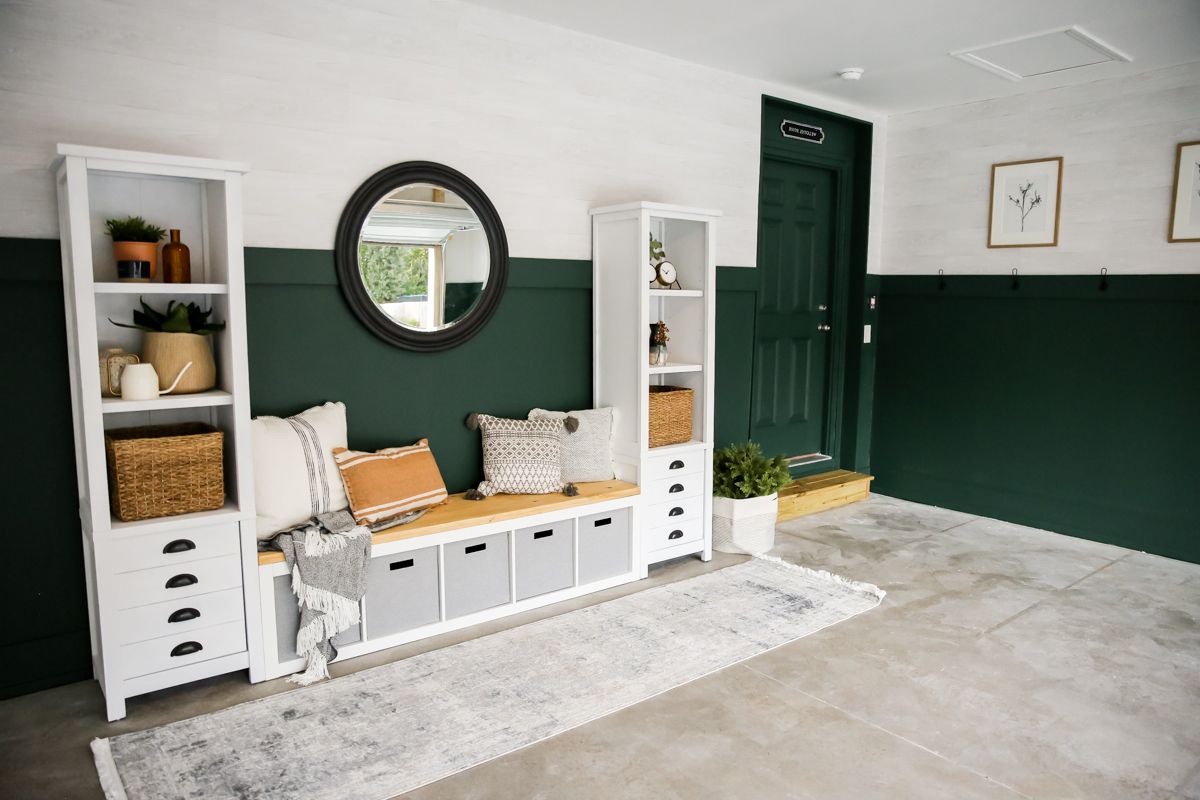
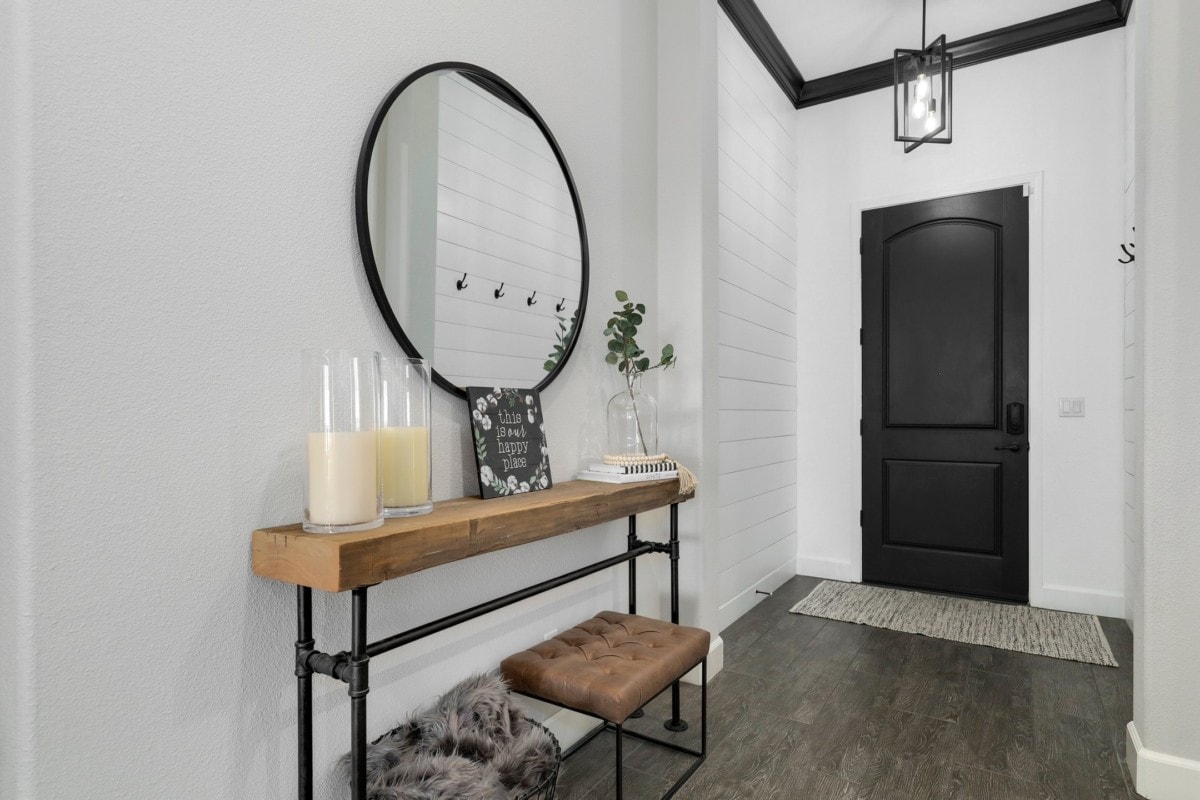
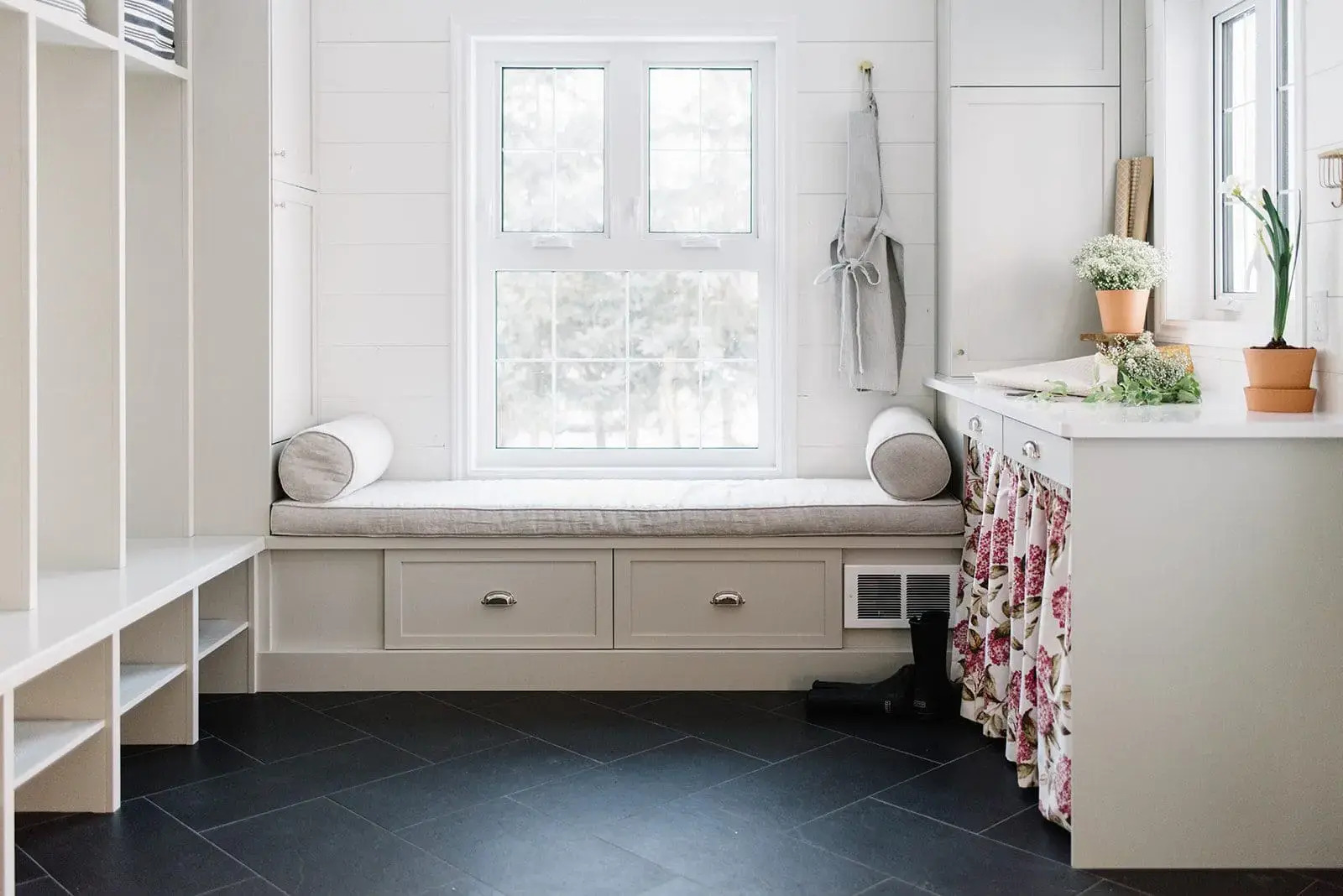
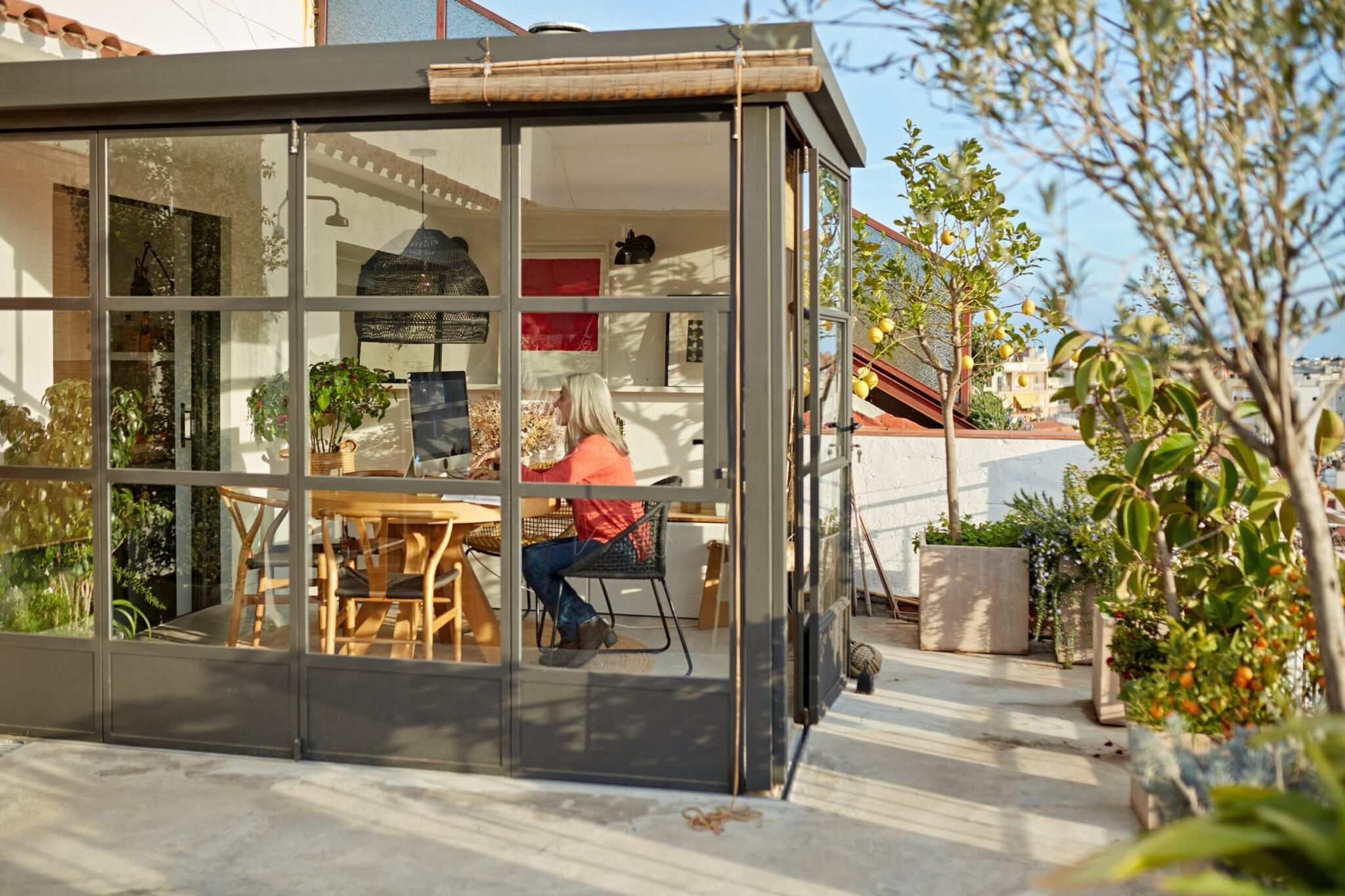
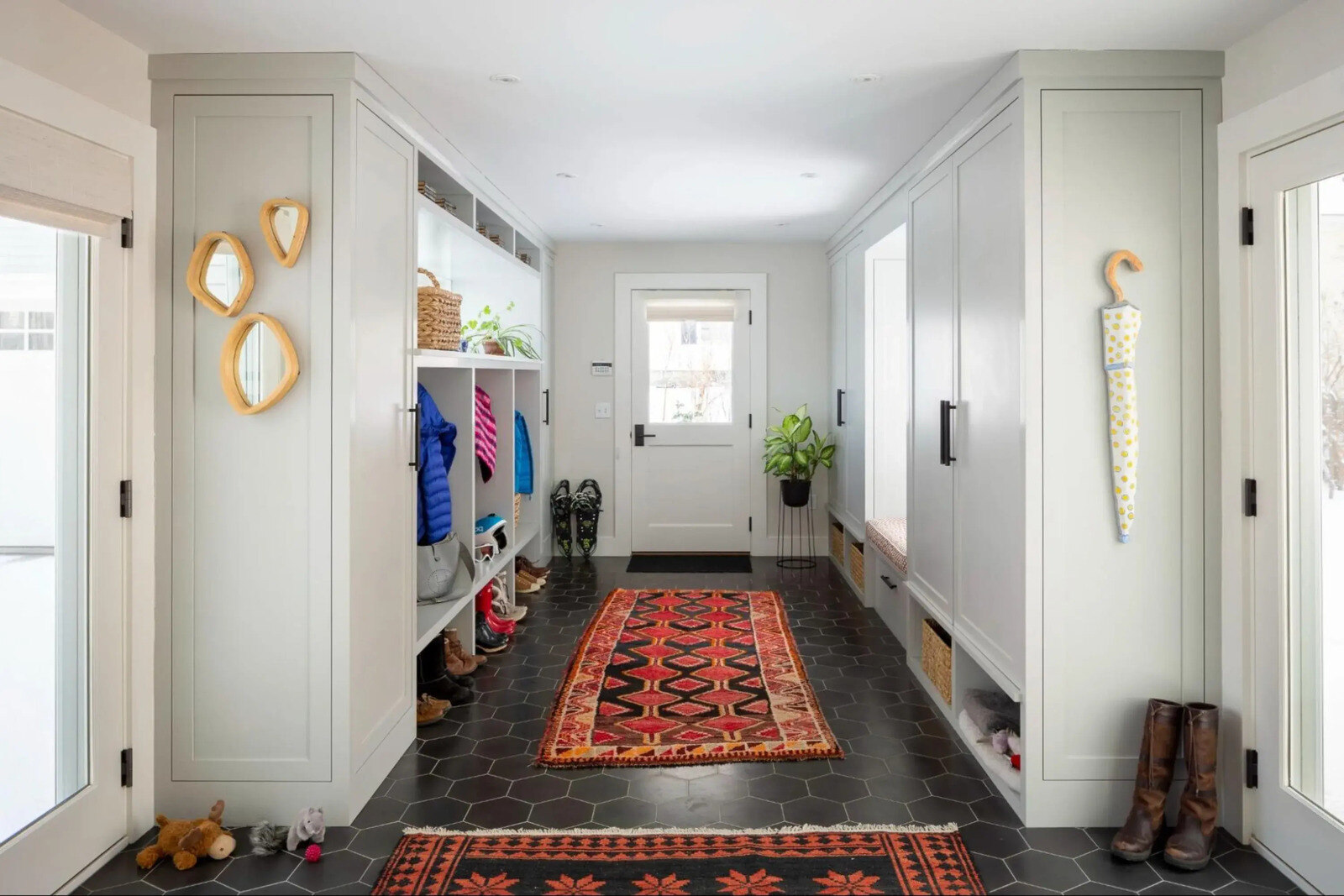
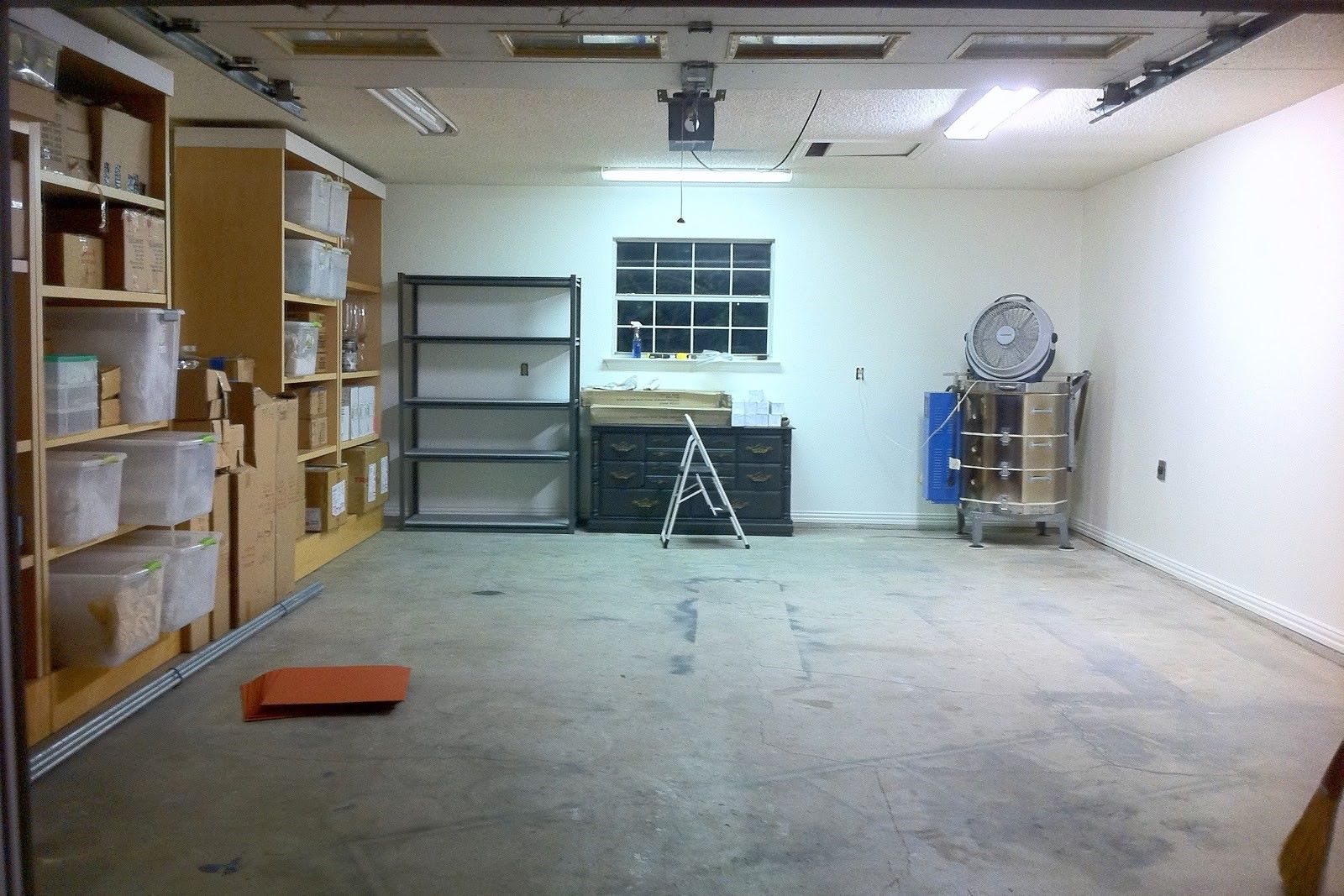
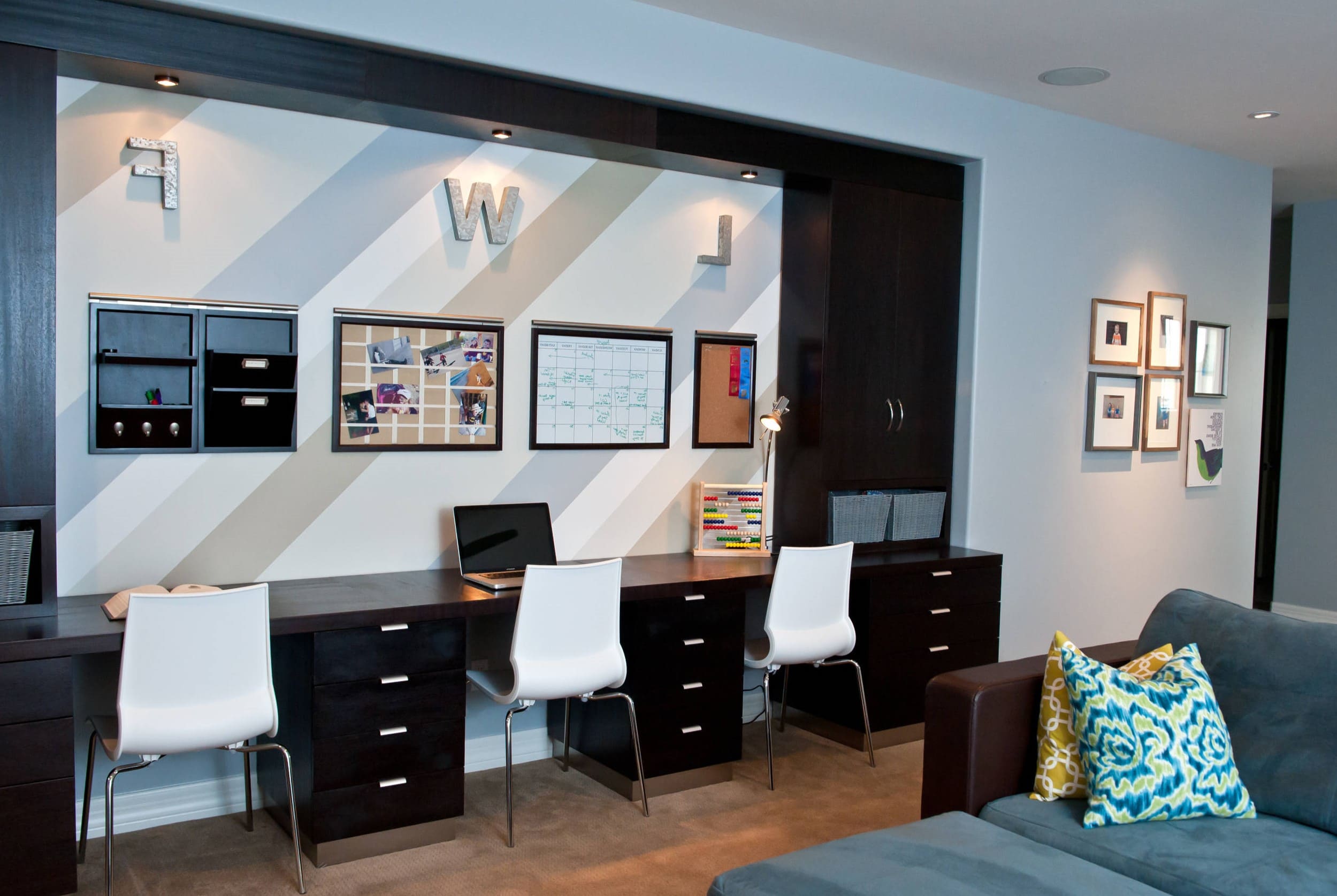
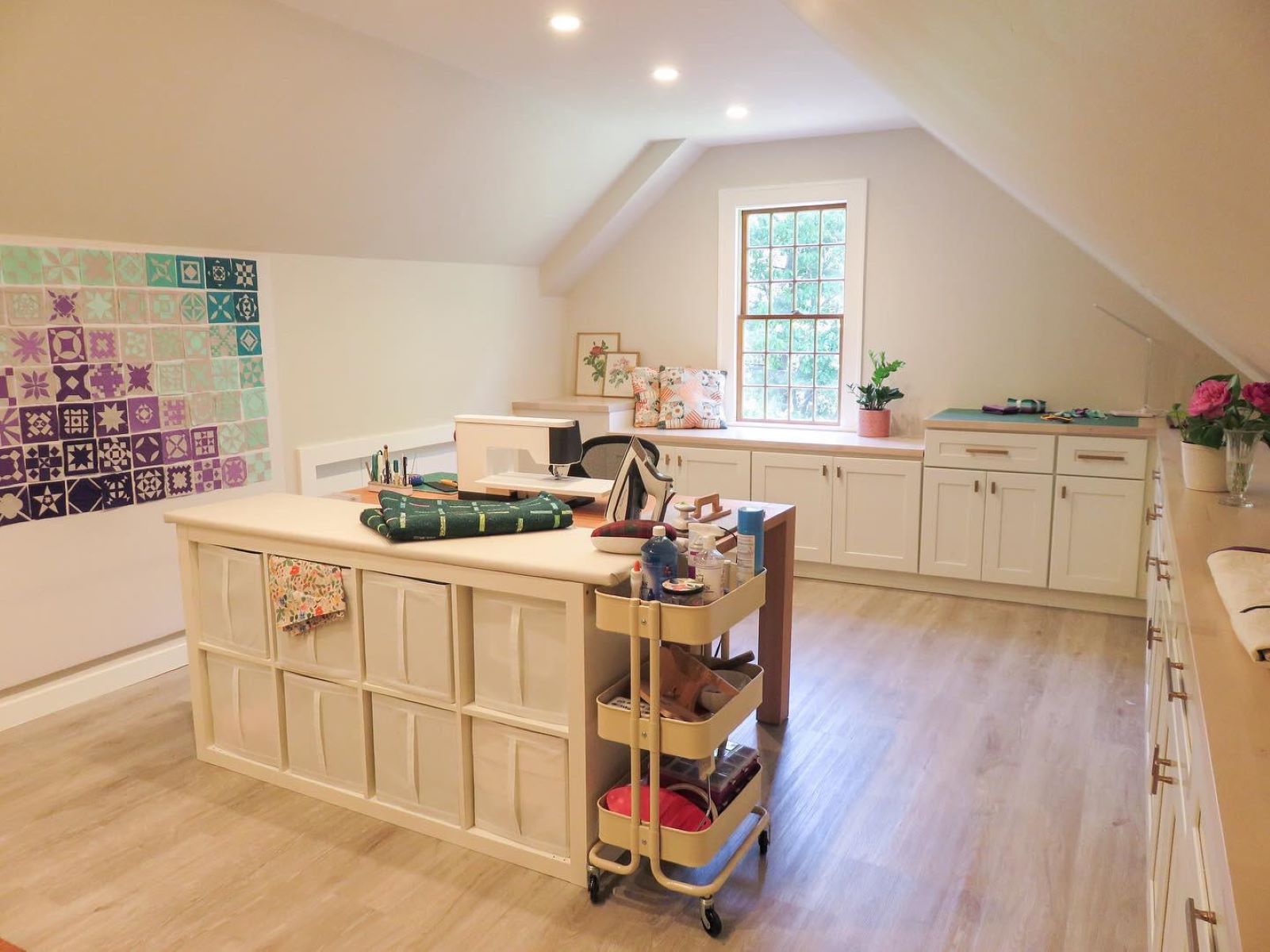
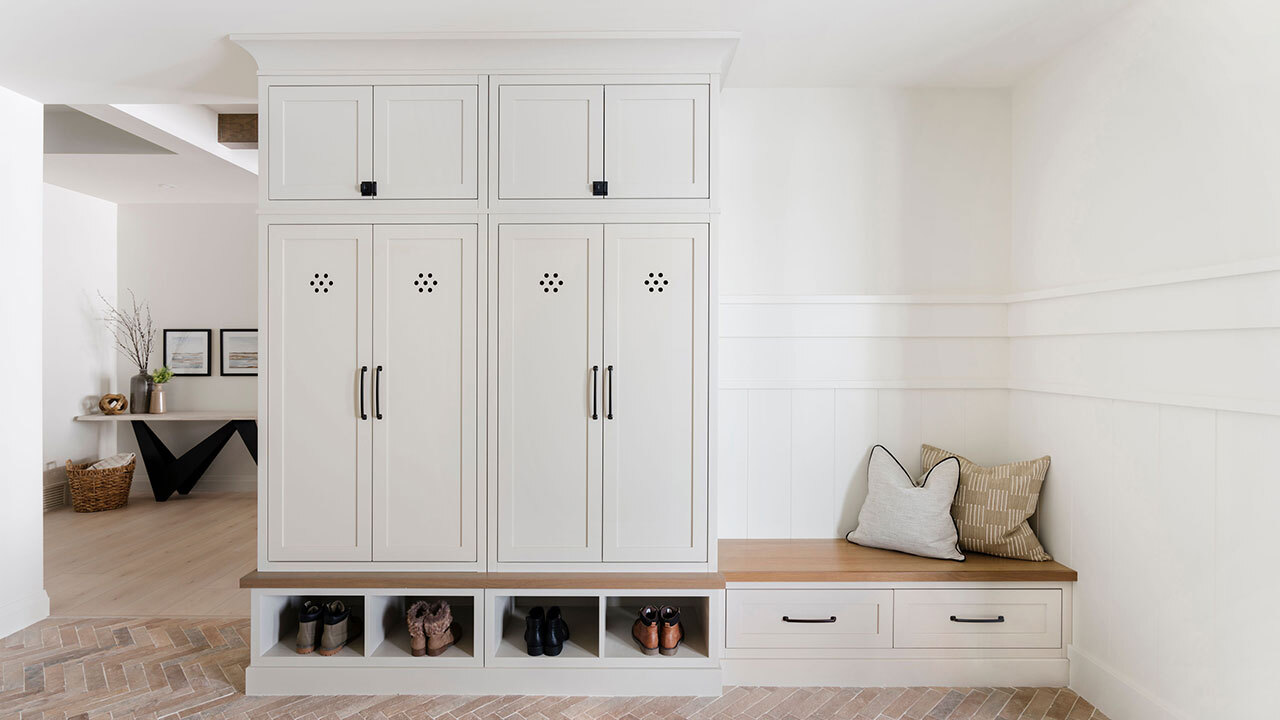
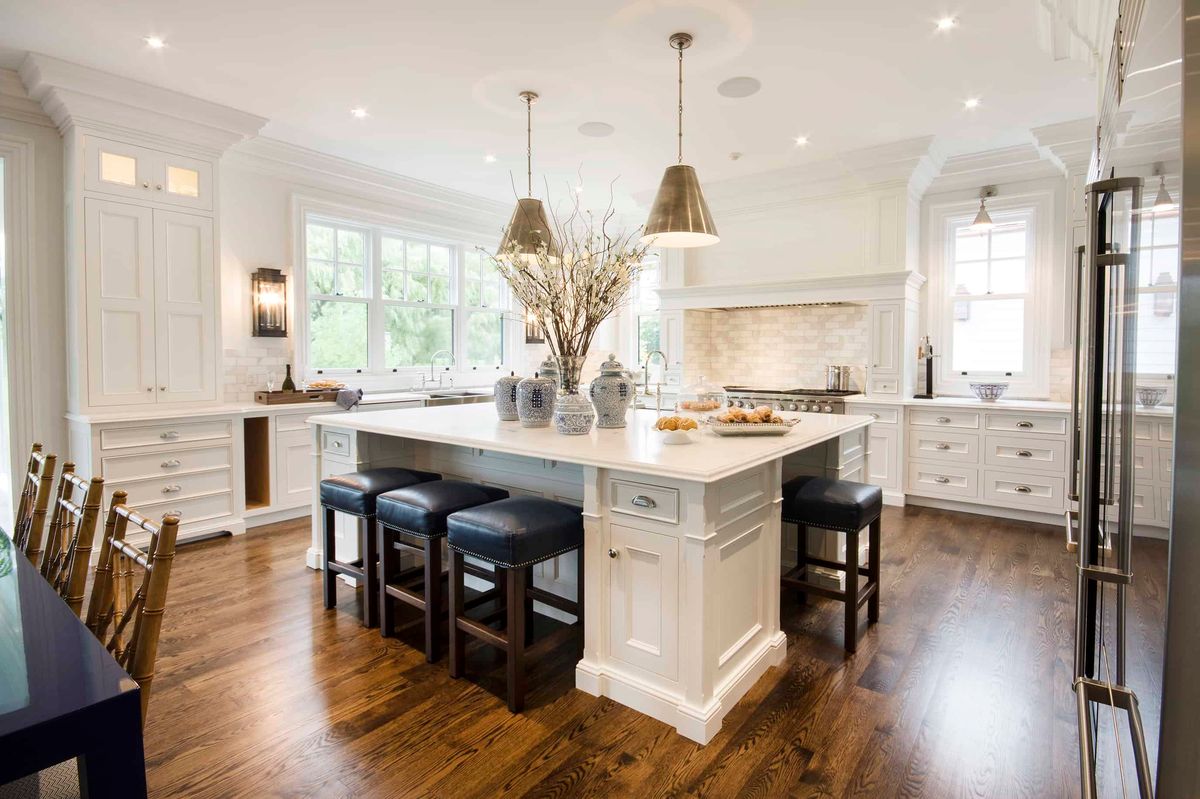
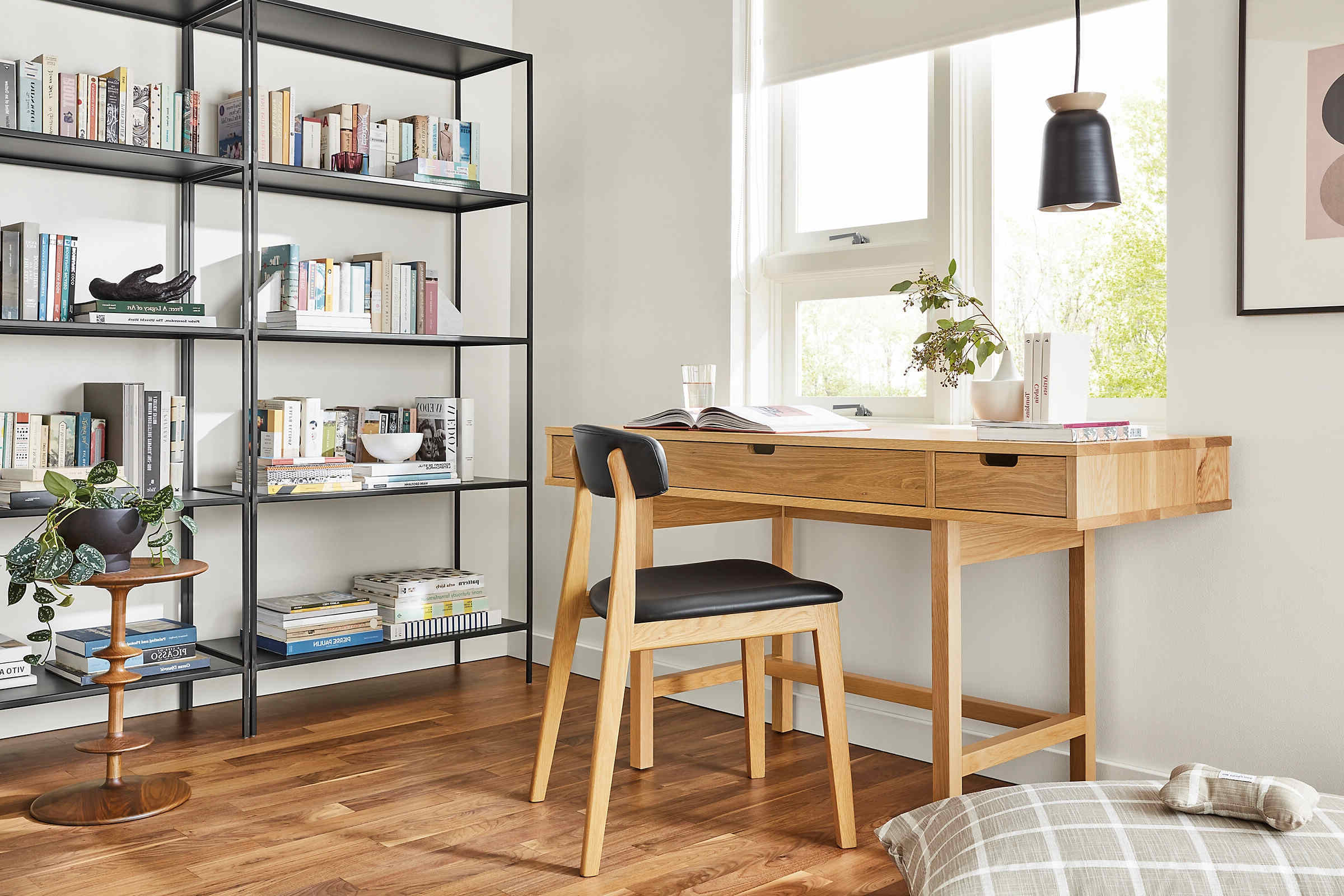
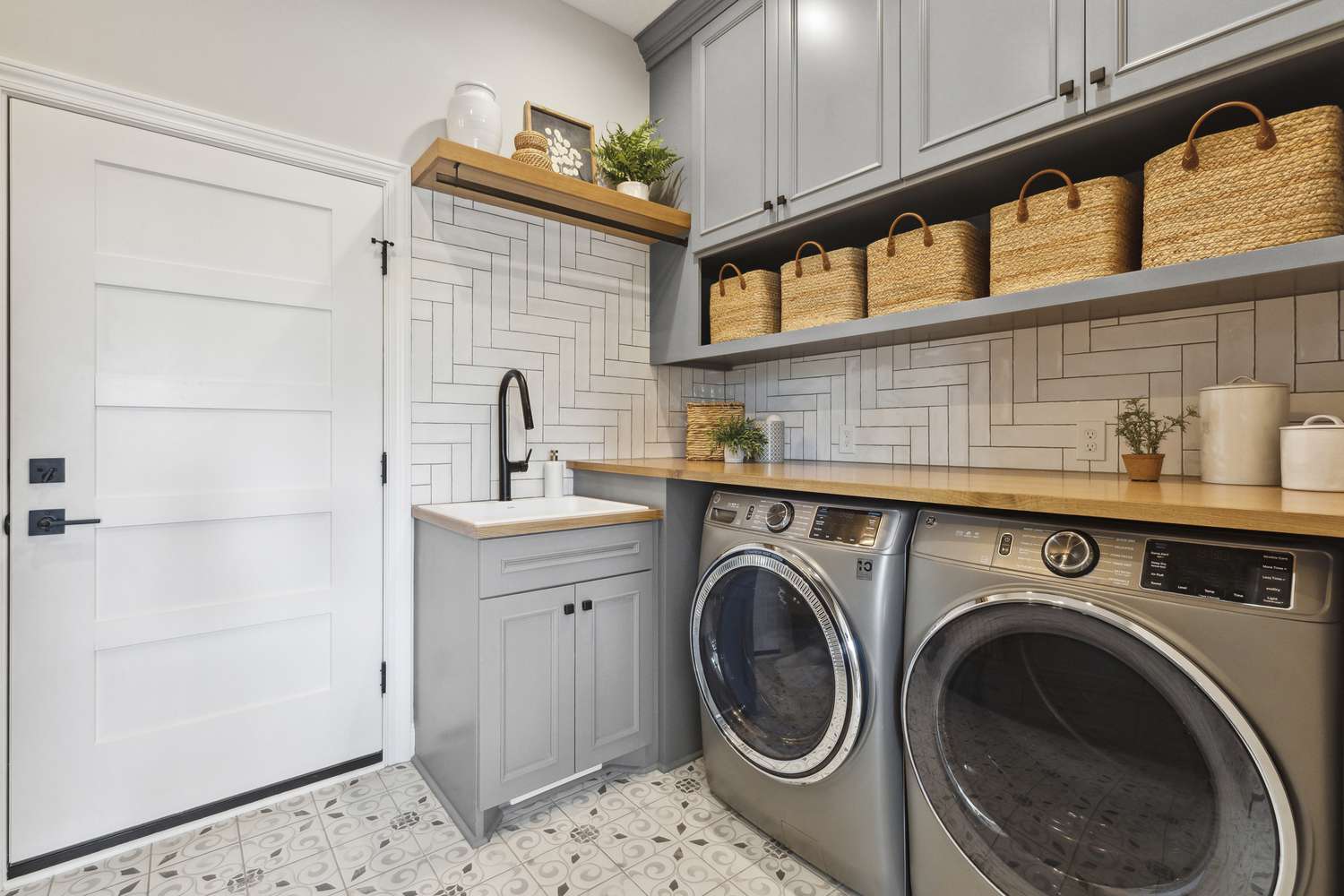
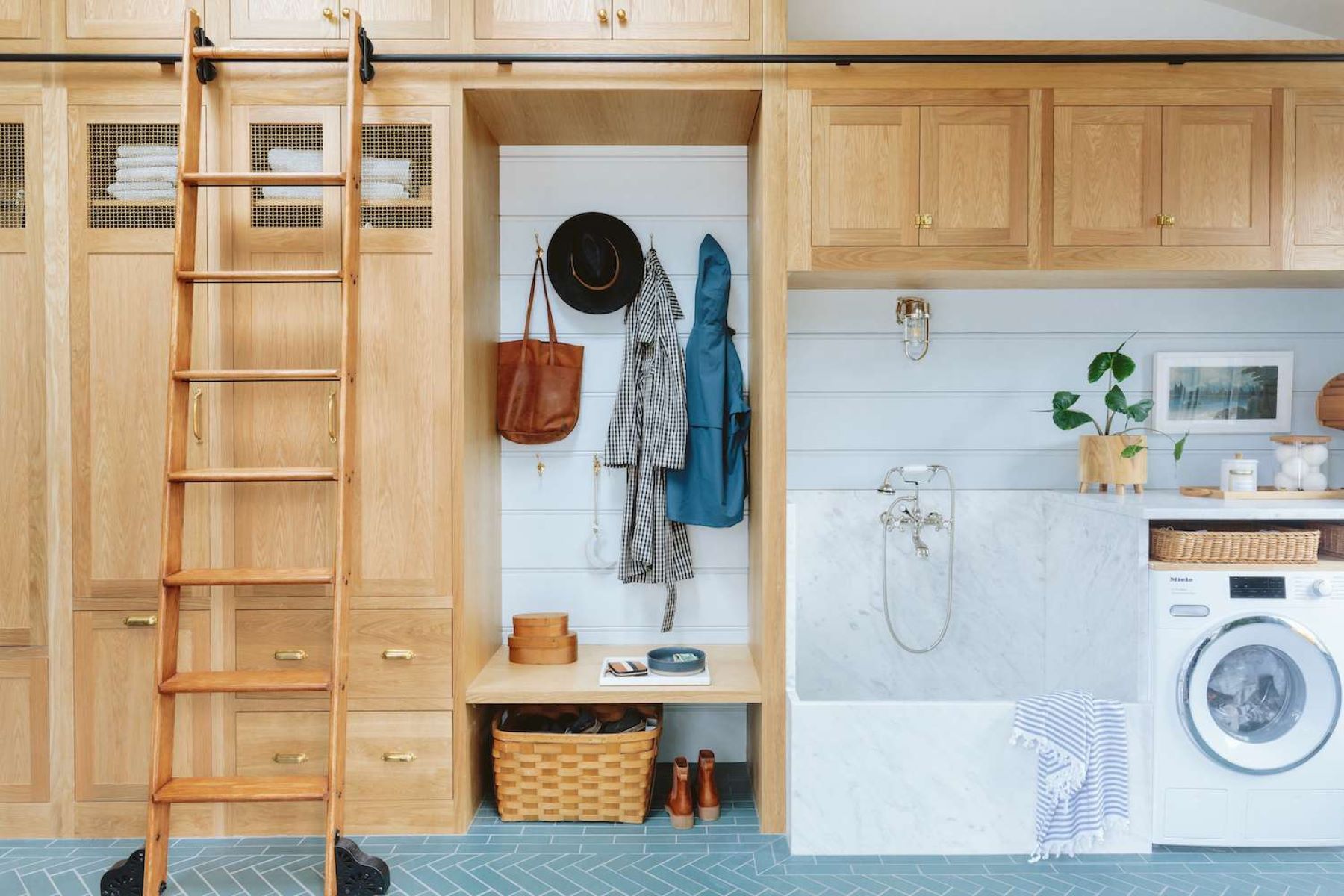
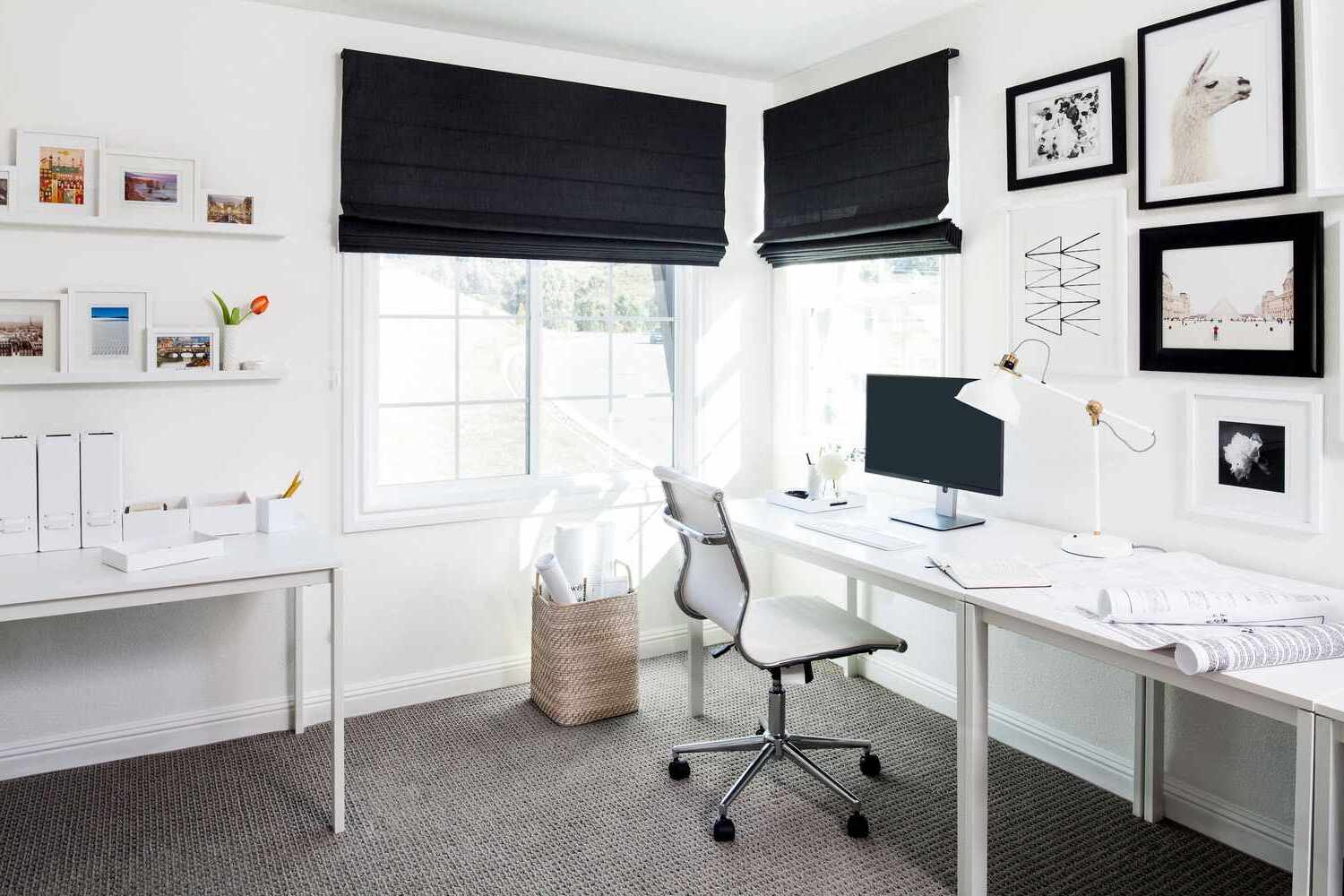

0 thoughts on “Secret Passages Creating Multi-Functional Spaces”